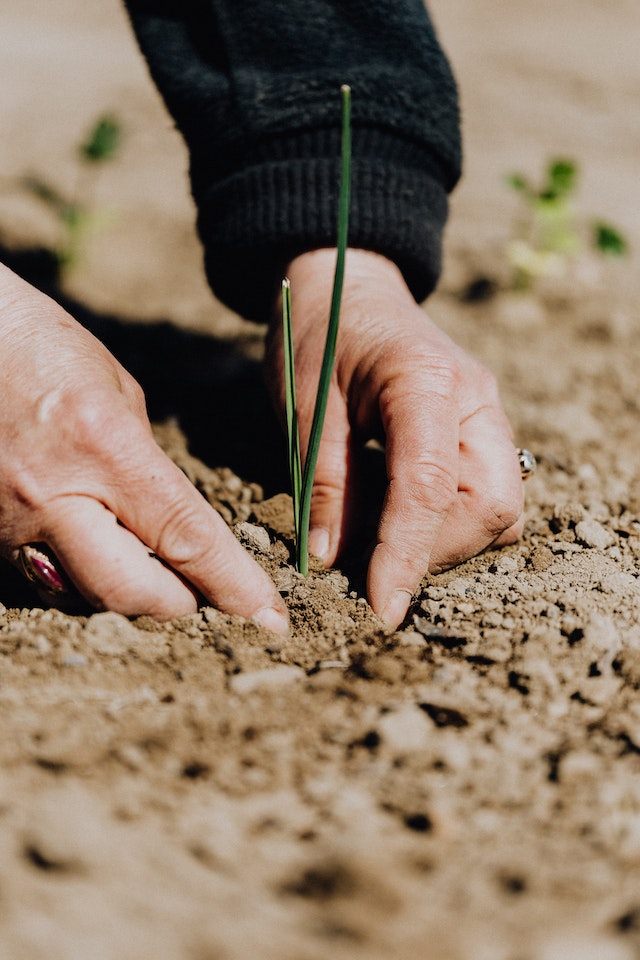In the fight against climate change, scientists are uncovering the incredible potential of one of Earth’s tiniest inhabitants: microbes. These microscopic organisms, found abundantly in soil, are playing a critical role in storing carbon and mitigating the impacts of greenhouse gas emissions. Join us as we delve into the fascinating world of soil microbiology and explore how these small but mighty microbes are shaping the future of carbon sequestration.
When we think of carbon sequestration, forests and oceans often come to mind. However, beneath our feet lies a hidden carbon storage reservoir – the soil. Microbes, including bacteria and fungi, are the unsung heroes responsible for driving this process. Through their complex interactions with organic matter, they have the ability to capture and store carbon, playing a vital role in regulating the Earth’s climate.
The process begins with the decomposition of plant and animal residues, as well as other organic matter present in the soil. Microbes break down these materials, releasing carbon dioxide (CO2) into the atmosphere. However, a significant portion of this carbon is retained in the soil, thanks to the intricate relationships between microbes and their environment.
One of the primary ways microbes sequester carbon is by converting organic carbon into more stable forms. They accomplish this through a process known as humification, in which organic matter is transformed into humus. Humus, a dark and stable substance, acts as a long-term carbon sink, preventing the released carbon from returning to the atmosphere.
Furthermore, microbes enhance carbon sequestration by facilitating the formation of soil aggregates. These aggregates, made up of soil particles bound together by microbial activity, create pore spaces that can store carbon for extended periods. The sticky substances produced by microbes act as natural “glues,” binding the soil particles and promoting the formation of stable aggregates.
In addition to directly sequestering carbon, microbes indirectly contribute to carbon storage through their impact on plant growth. They form symbiotic relationships with plants, such as mycorrhizal associations, where fungi provide nutrients and enhance plant resilience. As plants flourish, they capture more carbon dioxide from the atmosphere through photosynthesis, channeling a portion of it into the soil through their roots.
The significance of microbial carbon sequestration goes beyond climate change mitigation. It also influences soil health and fertility. The presence of microbes in soil improves its structure, water-holding capacity, and nutrient cycling, which in turn supports plant growth and agricultural productivity. Furthermore, microbial activity contributes to the suppression of soil-borne diseases, reducing the need for chemical interventions.
However, the potential of soil microbes in carbon sequestration is not without challenges. Factors such as land-use change, deforestation, and agricultural practices can disrupt the delicate microbial balance and reduce their carbon storage capacity. Therefore, sustainable land management practices that promote soil health and biodiversity are essential for maximizing the carbon sequestration potential of microbes.
Ongoing research is uncovering new ways to enhance microbial carbon sequestration. Scientists are exploring microbial communities in different soil types and climates, studying their functions, and identifying key microbial species associated with carbon storage. This knowledge can inform the development of strategies to optimize microbial activity and promote carbon sequestration in diverse ecosystems.
In conclusion, the small but mighty microbes dwelling in our soil are playing a crucial role in carbon sequestration, offering a promising avenue for combating climate change. By understanding the complex interactions between microbes and their environment, we can unlock the full potential of soil microbiology in carbon storage. Embracing sustainable land management practices and supporting ongoing research efforts will ensure that these tiny heroes continue to contribute to a
healthier and more sustainable planet.




